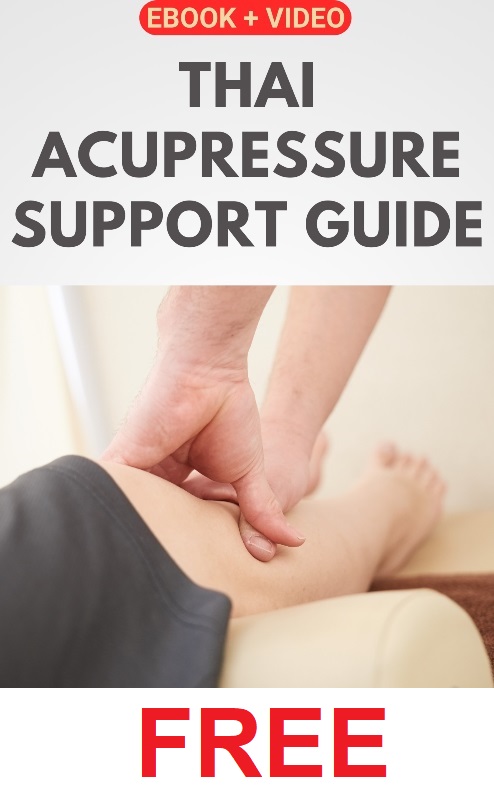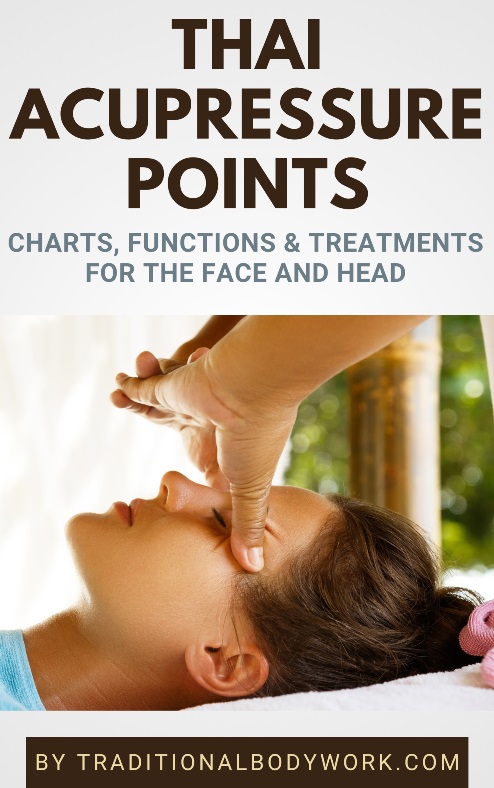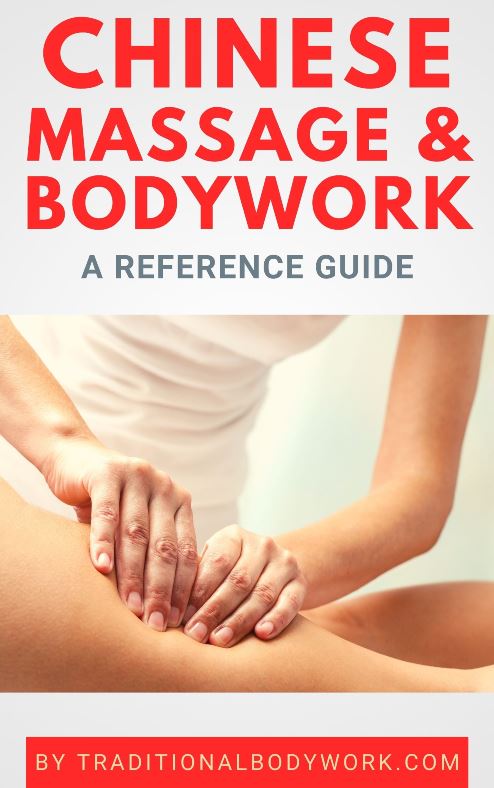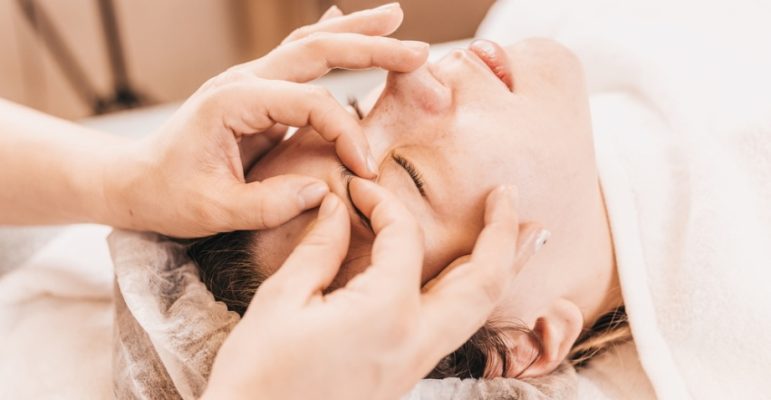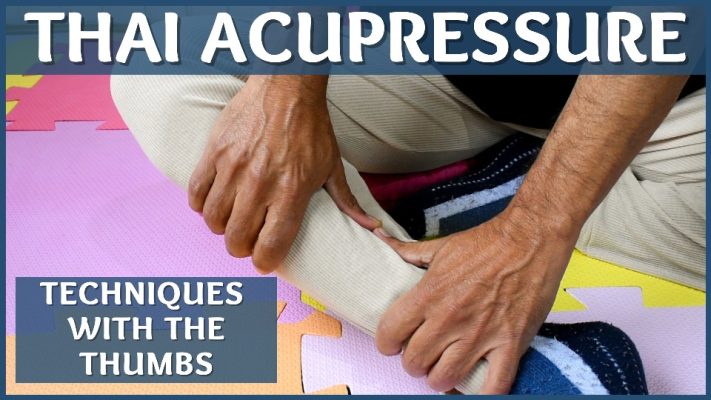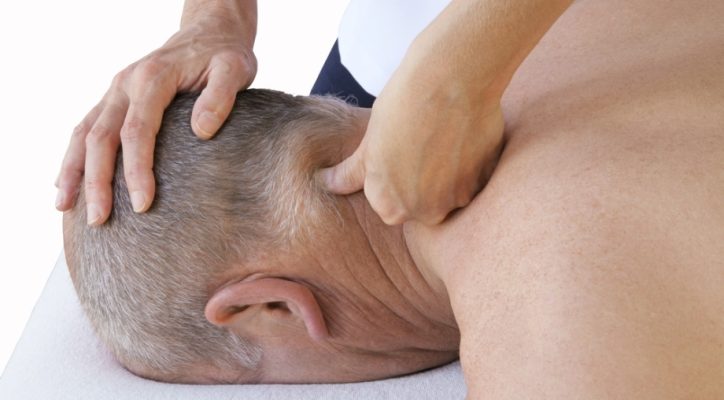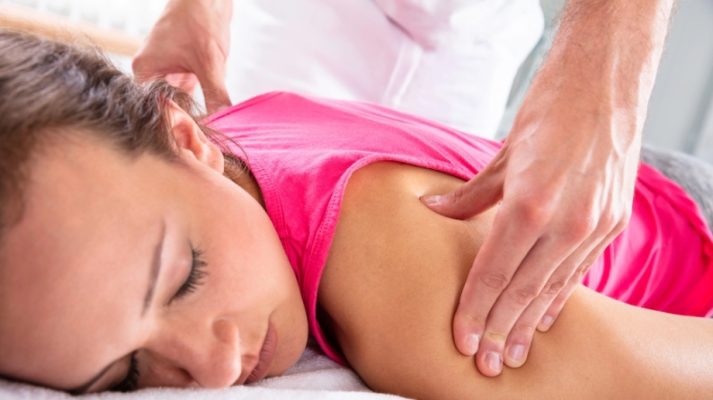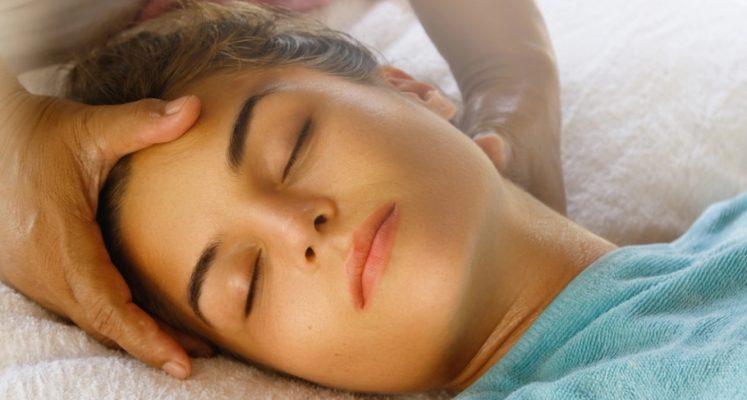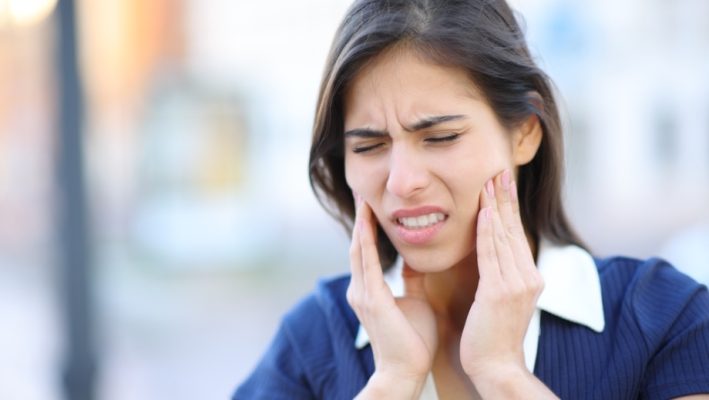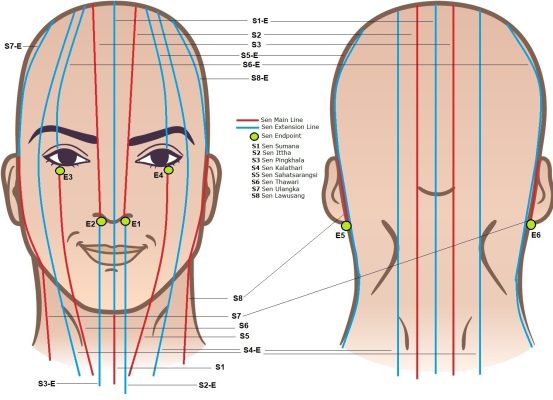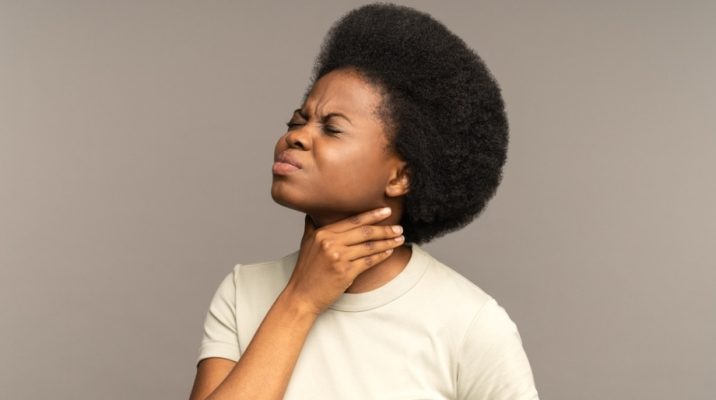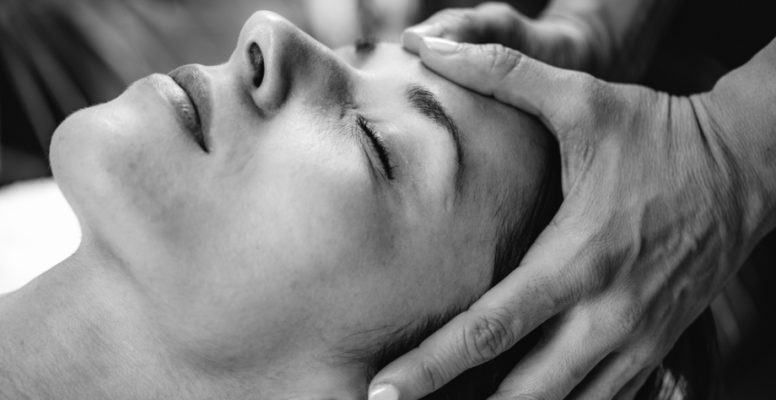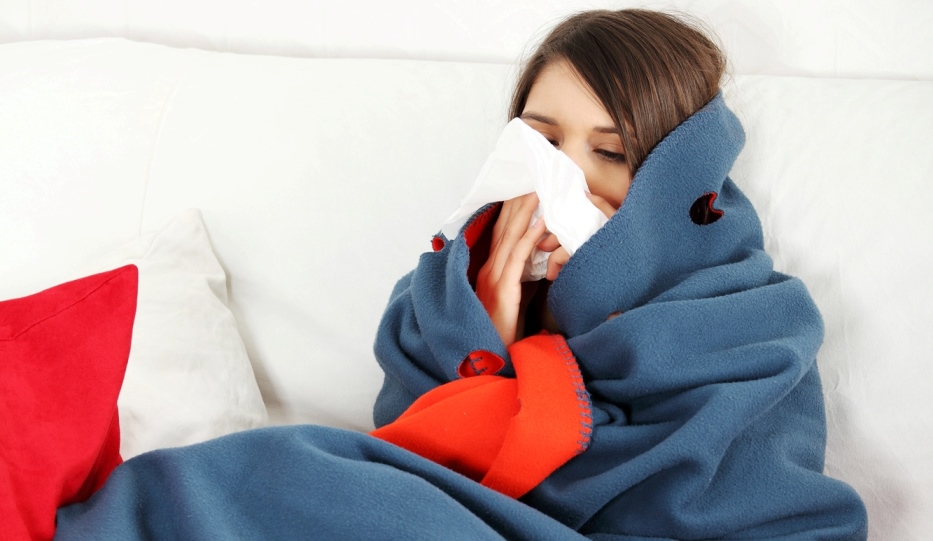
In this post, we give you an overview of Thai Acupressure Points of the face and head (displayed in the Acupressure Chart further below) that can be treated to alleviate or cure colds, flu, respiratory and breathing issues, and sinus problems.
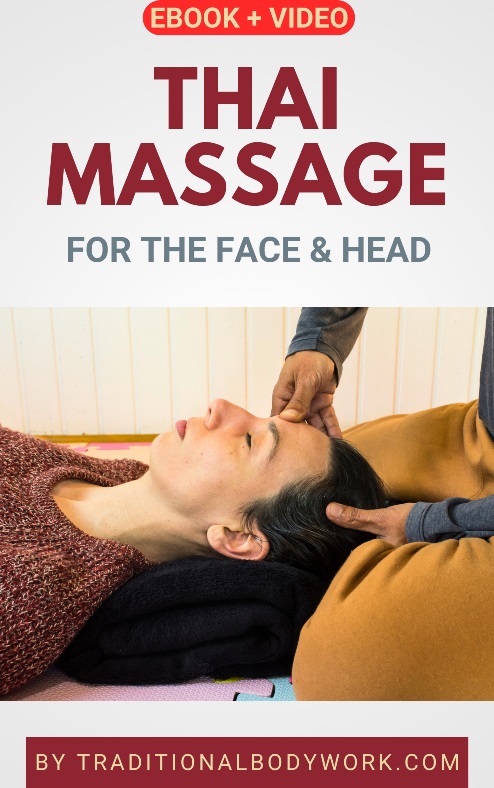
Keep in mind that giving Thai Massage is contraindicated when a person has a fever; it will only make a person feel worse while it also puts more strain on the immune system. Hence, it’s advised to only give a treatment after the patient’s fever has subsided.
Yet another thing to think about as a Thai Massage practitioner is that the person might be contagious. It’s important to take proper hygienic measures, which includes wearing a high-quality facemask when giving a massage to prevent viruses to infect you.
Now, colds and flu usually bring issues like a congested nose (with difficulty in breathing) or a runny nose, facial pains, and problems with the sinuses (sinus pressure behind the eyes, lower forehead, and the cheeks). The Thai Acupoints mentioned further down can bring relieve of these symptoms.
As for respiratory and breathing problems, one could say that the Sen Energy Lines Sen Ittha (S2) and Sen Pingkhala (S3) are primarily related to energetic breathing issues (shortness of breath, shallow breathing, etc.) and Sen Sumana (S1) rather to structural respiratory diseases (asthma, bronchitis, etc.).
Nevertheless, structural respiratory diseases are actually treated through the main line of Sen Sumana, which is not located in the facial or cranial area (only the Sen Sumana Extension Line S1-E crosses the area).
Below then the acupressure chart and the acupoints that are indicated to be treated.
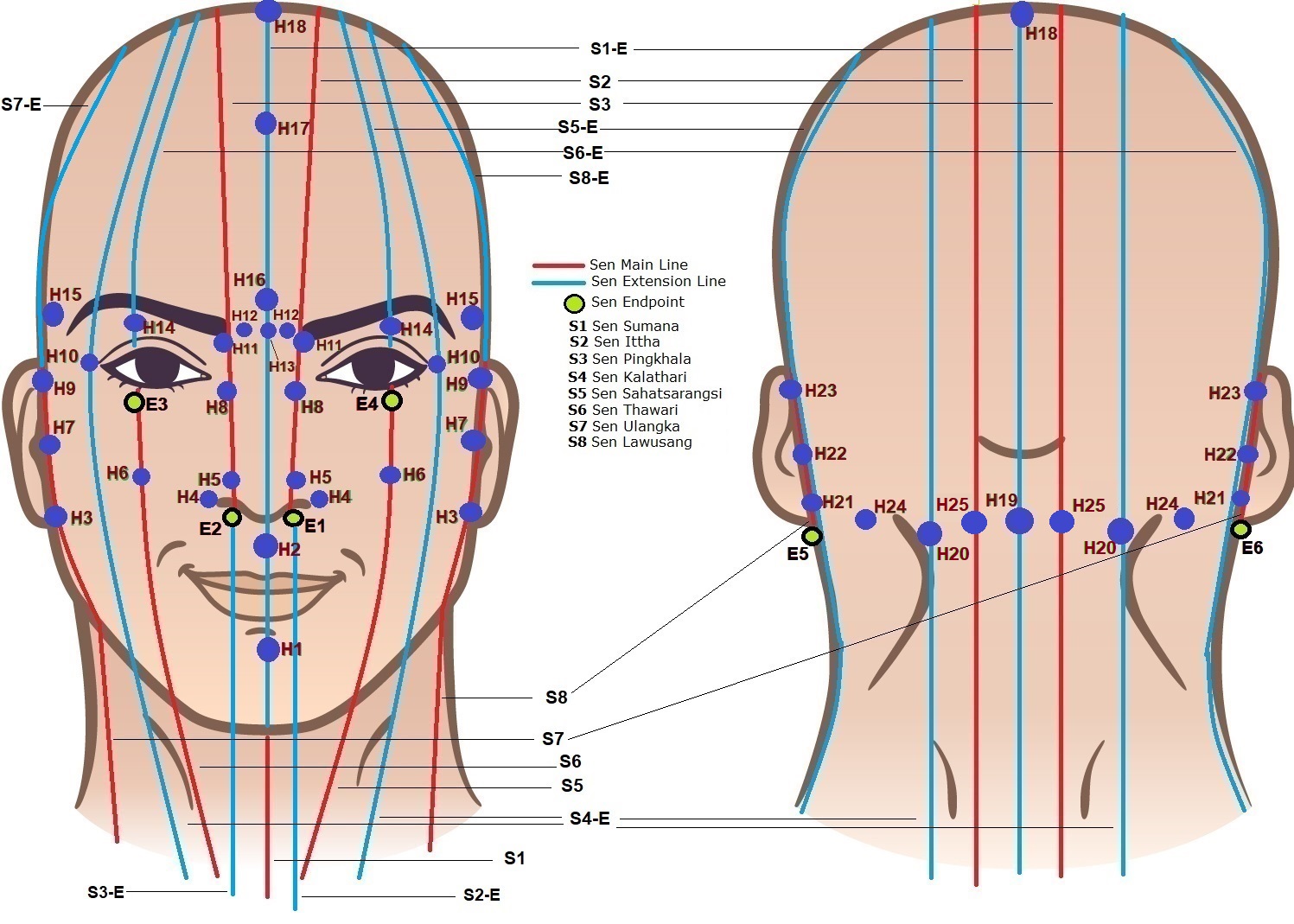
- point H2 between the nose and upper lip;
- points H4, H5, H6, H8, H10, and H13;
- points H20 on the Sen Kalathari Extension Line (S4-E)
- points H25;
- Sen Endpoints E1 (Sen Ittha) and E2 (Sen Pingkhala);
- Sen Endpoints E3 (Sen Thawari) and E4 (Sen Sahatsarangsi).



